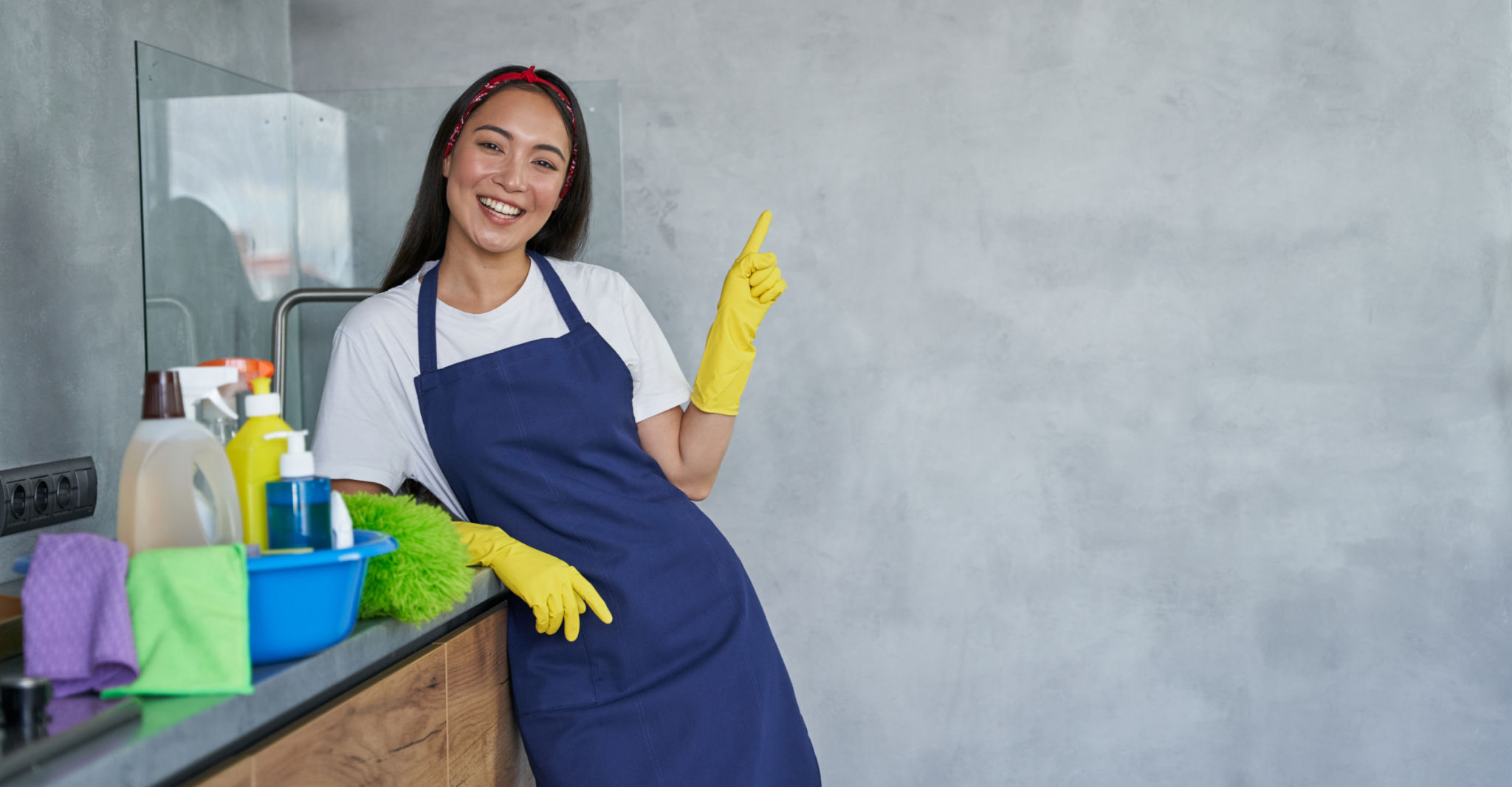Avoid These Common Pressure Washing Mistakes: Expert Tips Inside
Understanding the Basics of Pressure Washing
Pressure washing is a highly effective method for cleaning various surfaces, from driveways and decks to siding and walkways. However, without proper knowledge, it’s easy to make mistakes that could damage property or result in ineffective cleaning. Understanding the basics is crucial to avoid these pitfalls and achieve optimal results.
Before you begin, it's essential to understand the difference between pressure washing and power washing. While they are often used interchangeably, power washing uses heated water, which can be beneficial for certain cleaning tasks. Knowing which method is best suited for your needs can save time and prevent unnecessary damage.

Choosing the Right Equipment
The selection of equipment plays a significant role in the outcome of your pressure washing project. Many people make the mistake of using a machine with too much pressure, which can strip paint, damage wood, or etch concrete. It’s crucial to select a machine with adjustable pressure settings to tailor the force to the surface being cleaned.
Furthermore, using the right nozzle is just as important. Nozzles come in various degrees, each providing different spray patterns and pressure levels. A 0-degree nozzle, for example, delivers a concentrated jet that can damage surfaces if not used carefully. For most household cleaning tasks, a 25-degree nozzle is often the best choice.

Preparing the Surface
Another common mistake is neglecting to prepare the surface before beginning pressure washing. This step can prevent unnecessary wear and tear on both the surface and the equipment. Start by removing debris such as leaves or dirt that could interfere with cleaning or cause damage.
For surfaces covered in mold or mildew, applying a detergent before pressure washing can enhance cleaning effectiveness. It's vital to let the detergent sit for about 5-10 minutes to break down grime effectively but not so long that it dries, which could cause streaking.

Maintaining Safety
Safety should always be a priority when pressure washing, as the high-pressure streams can cause injury. Always wear appropriate protective gear, including safety goggles and gloves, to shield yourself from debris and chemicals.
Additionally, be mindful of your surroundings. Ensure that children and pets are kept at a safe distance, and be cautious when working at heights or on slippery surfaces. Using a stable ladder or extension wand can help reach high areas safely without compromising balance.
Post-Cleaning Care
Once the pressure washing is complete, proper post-cleaning care is necessary to maintain the cleanliness and integrity of the surfaces. Rinse any remaining detergent thoroughly to prevent residue build-up that could attract dirt more quickly.
Allow surfaces to dry completely before replacing any furniture or items removed for cleaning. This step helps prevent mold growth and ensures that surfaces remain clean and appealing for longer.

Conclusion
By avoiding these common pressure washing mistakes and following expert tips, you can ensure that your cleaning projects are both safe and effective. Whether you're a DIY enthusiast or hiring professionals, understanding these principles will help maintain your property's value and appearance.
